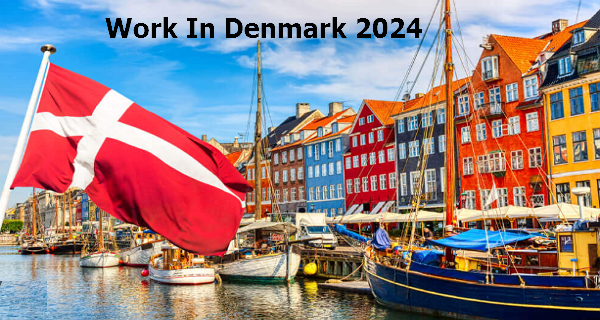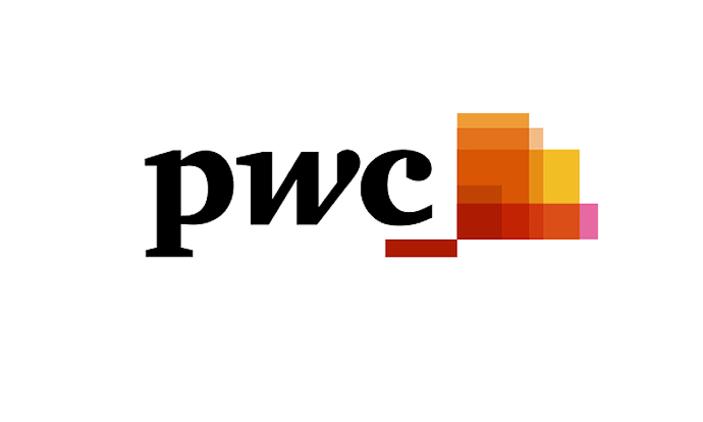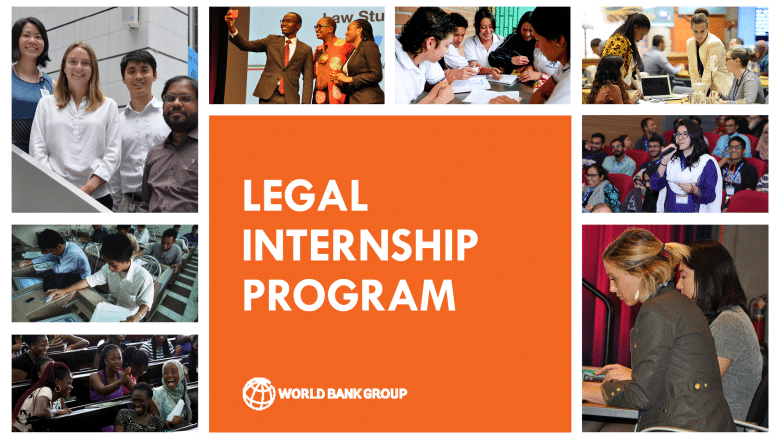Difference Between SDS and Non-SDS
If you are planning to study in Canada, you might get confused between terms such as SDS and… The post Difference Between SDS and Non-SDS appeared first on Leverage Edu.


If you are planning to study in Canada, you might get confused between terms such as SDS and Non-SDS during the visa application process. SDS stands for Student Direct Stream, formerly known as Students Partner Program, and is open to certain countries like India, Brazil, etc. Whereas, Non-SDS is a general visa application process for temporary residence for work, study, and immigration in Canada. It is open to all international travelers irrespective of country of origin.
Also Read: How to Get Canada Student Permit?
What is SDS?
The Student Direct Stream (SDS) is formerly known as the Students Partner Program (SPP). It is an initiative by Canadian Immigration Services. Under the SDS approach, student visa applications are processed quickly and directly if they are looking to study in Canada. However, you can only submit your SDS application through an online medium. Also, students must meet certain requirements set by the Immigration Refugees Citizenship Canada under the SDS category.
What is Non-SDS?
The Non-SDS is a general category to apply for a visa application to study in Canada. Under this approach, candidates who are incapable of meeting the SDS requirements get a chance to apply. The requirements will also be different as more documents may be required.
Must Read: Canada Work Permit
SDS Document Requirements for Visa Application
- Official academic transcripts, including the 12th mark sheet. Candidates must have scored at least 55% aggregate marks for undergraduate courses.
- Undergraduate degree of advanced diploma. Applicants must have a minimum of 50% or above to pursue postgraduate courses.
- Statement of Purpose
- English proficiency test scores with IELTS of minimum 6.0 for UG and overall band of 6.5 for PG.
- Offer letter from the colleges falling under SDS.
- Guaranteed Investment Certificate (GIC) of $10,000 (INR 7.4 lakhs) to cover the cost of living.
- Digital Photographs
- Proof of previous work experience
- Receipt of tuition fees
- Proof of necessary medical tests
- Visa application fees of $150 (INR 11k approx)
Also Read: Canada Student Visa IELTS Band Requirements
Non-SDS Document Requirements for Visa Application
- Official academic transcripts, including the 12th mark sheet. Candidates must have scored at least 55% aggregate marks for undergraduate courses.
- Undergraduate degree of advanced diploma. Applicants must have a minimum of 50% or above to pursue postgraduate courses.
- English proficiency test scores with IELTS of minimum 6.0 for UG and overall band of 6.5 for PG.
- Offer letter from the colleges participating under Non-SDS.
- Proof of previous work experience and payslips of the last 3 months.
- Proof of financial funds covering bank savings, student loans, and investments, etc.
- Income tax return documents or form 16 either of the candidate or the sponsor
- Receipt of tuition fees
- Proof of necessary medical tests
- Visa application fees of $150 (INR 11k approx)
Why Choose SDS over Non-SDS?
Now you are familiarized with the difference between SDS and Non-SDS, here are the main reasons why the SDS approach is considered better than Non-SDS for visa application.
- Less Documentation: Under the SDS category, candidates don’t have to submit many documents to provide financial eligibility. Whereas in the Non-SDS approach, the number of documents is more.
- Fast Process: SDS approach is streamlined and simple as compared to Non-SDS. The entire time duration takes around 45 days.
Also Read: UK vs India: Where to Study in 2022?
Application Process for SDS
For faster processing of your study permit, you must apply online. There is no paper application for Student Direct Stream. Therefore, make sure to align all your documents before applying. Here’s the checklist:
- Instruction guide for your application form
- Scanner or camera to make digital copies of your supporting documents
- Valid credit/debit card for the payment
- Give your biometrics. Visit the official website, answer the asked questions and submit the biometric fee.
Application Process for Non-SDS
- Step1: Visit the official website of CIC Canada and sign in with your GCKey user ID and password. Accept all the terms and conditions and fill the identification validation.
- Step 2: Start your application and enter the personal reference code. If you do not have the code, determine your eligibility by answering some questions and apply online. Finally, save and exit the questionnaire.
- Step 3: After answering all the questions, you will get a pop-up on whether you are eligible or not. If you are eligible, let’s follow the next step.
- Step 4: Review all your answers!
- Step 5: Check your personal checklist and documents. Add any requirements if you missed out on any.
- Step 6: Submit your application.
Also Read: Study in Canada from Anywhere with Free Online Courses at Canadian Colleges
List of SDS Colleges in Canada
Most of the colleges in Canada have their Designated Learning Number (DLN) that enlists the institution as a part of the collaboration under the SDS program. The SDS colleges in Canada are:
- Sheridan College Institute of Technology & Advanced Learning
- George Brown College
- Humber College Institute of Technology & Advanced Learning
- Red River College of Applied Arts, Science & Technology
- Niagara College
- Parkland College
- Fleming College
- Loyalist College of Applied Arts & Technology
- Canadore College
- Vancouver Island University
- Northern Lights College
- Columbia International College
- Lakeland College
- Northern Alberta Institute of Technology
- Lasalle College
- Seneca College of Applied Arts & Technology
- Sault College
- Northern College
- Mohawk College of Applied Arts & Technology
- Lawrence College
- Dawson College
- Alberta Bible College
- Seneca College of Applied Arts & Technology
- Niagara College
- Loyalist College of Applied Arts & Technology
- Lambton College of Applied Arts & Technology
- Georgian College of Arts & Technology
- Fanshawe College of Applied Arts & Technology
- Durham College
- Confederation College of Applied Arts & Technology
- Conestoga College
- Clair College of Applied Arts & Technology
- Centennial College of Applied Arts & Technology
- Canadore College -North Bay, Ontario
- Cambrian College of Applied Arts & Technology
- Algonquin College
- Camosun College
- College of New Caledonia
- College of the Rockies
- Columbia International College
- Douglas College
- Kwantlen Polytechnic University
- Langara College
- North Island College
- Northern Lights College
- Okanagan College
- Selkirk College
- University of the Fraser Valley
- Vancouver Community College
- Vancouver Island University
- Bow Valley College, Calgary
- Lakeland College
- Medicine Hat College
- Norquest College
- Northern Alberta Institute of Technology
- Assiniboine Community College
- Manitoba Institute of Trades and Technology, Winnipeg
- Red River College of Applied Arts, Science & Technology
- Parkland College
- Saskatchewan Polytechnic
- Lasalle College
Must Read: Top 10 Colleges in Canada
FAQs
The processing of files is faster in comparison to Non-SDS. Remember, you also need to show some funds while filling the visa application.
Under the Non-SDS category, a Guaranteed Investment Certificate is not compulsory.
Even if you apply without it, you will get your visa under the SDS category. But if you are skeptical about it, then attach one, and if you are confident about your profile, you might not need one.
Unlike the usual visa processing, it may take 2 – 3 months. In the SDS category, the international students can avail their visa in 4 – 6 weeks.
Canada Eases Travel Restrictions for Fully Vaccinated International Travellers
This is the difference between SDS and Non-SDS visas. We hope you have got the clarity between the two. Are you looking to study in Canada? Get a chance to talk to our Leverage Edu experts and learn how to proceed with the application process!
The post Difference Between SDS and Non-SDS appeared first on Leverage Edu.




![How To Obtain NECO GCE Registration Form For 2023/2024 (November/December) SSCE External Examination [Released And Published Online]](https://micplustech.com/wp-content/uploads/2020/02/images-33.jpeg)

![NYSC Releases 2024 Batch ‘A’ Deployment Letter [Stream II]](https://allschool.ng/wp-content/uploads/2021/09/NYSCjpg-640x360-1.jpg)


